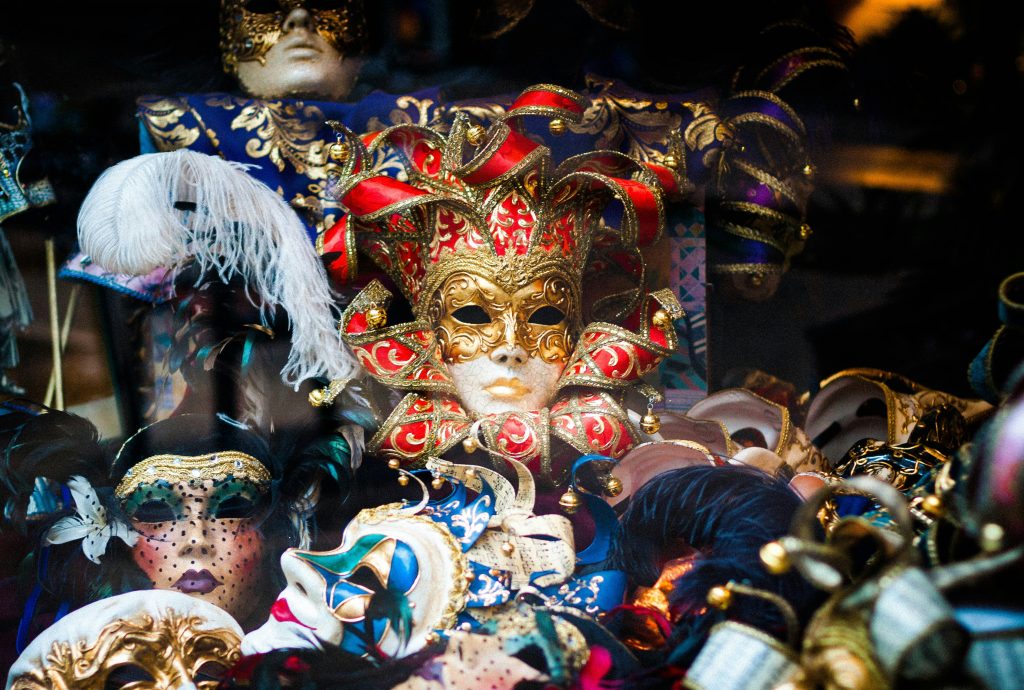Language Services Direct Team
Mardi Gras, French for ‘Fat Tuesday’, is synonymous with dazzling parades, elaborate masks, and indulgent feasts. But beyond the vibrant revelry lies a rich cultural and historical significance that spans centuries and continents.
This annual festival, observed on the day before Ash Wednesday, marks the final day of the Carnival season before the Christian period of Lent begins. While New Orleans is world-famous for its extravagant Mardi Gras celebrations, similar traditions exist in different parts of the world, each with its unique flair. Whether you’re drawn to the spectacle of colourful floats or the deeper traditions behind the festivities, Mardi Gras offers a fascinating glimpse into how culture, language, and history intertwine.
The origins of Mardi Gras can be traced back to ancient pagan festivals that welcomed the arrival of spring. Traditions such as Saturnalia and Lupercalia were later absorbed into Christian practices, evolving into the pre-Lenten Carnival celebrations seen across Europe. The term ‘Mardi Gras’ specifically refers to the final day of Carnival, when communities would indulge in rich foods before the fasting season began.
In the late 17th century, French explorers introduced the festival to North America. The first recorded Mardi Gras celebration in the region took place on 3rd March 1699, near present-day New Orleans, Louisiana. Over time, the city’s diverse influences-French, Spanish, African, and Caribbean-shaped Mardi Gras into the spectacular event we know today, complete with masked balls, flamboyant parades, and unique local traditions.
While Mardi Gras customs vary around the world, certain symbols and traditions remain central to the celebration:

Mardi Gras is more than just a visual spectacle-it’s also a fascinating reflection of language and culture. The festival’s terminology-words like ‘krewe’, ‘throws’, and ‘King Cake’-demonstrates how linguistic influences shape traditions over time. New Orleans itself is a melting pot of languages, with French, Spanish, and Creole influences woven into its local dialect.
For language learners, Mardi Gras provides a unique case study in cultural exchange. It highlights how language evolves in multicultural settings and how words from different linguistic backgrounds become embedded in everyday traditions. Understanding these nuances not only enriches our appreciation of global festivities but also enhances cross-cultural communication-something we at Language Services Direct are passionate about.
Beyond the parades and festivities, Mardi Gras represents something deeper-a celebration of cultural identity, history, and community. It’s a time when people come together to embrace joy, tradition, and creativity. The festival’s global reach is a testament to how traditions can cross borders, adapt, and thrive in new cultural landscapes.
At Language Services Direct, we recognise the value of cultural awareness in today’s interconnected world. Just as Mardi Gras blends history, language, and tradition, effective communication bridges gaps and brings people together. Whether you’re learning a new language for business or personal growth, understanding cultural context is key to mastering communication.
If you’re looking to enhance your language skills and gain a deeper understanding of global cultures, our expert-led language training programmes can help. Get in touch today to find out how we can support your learning journey.
‘Mardi Gras’ is French for ‘Fat Tuesday’, referring to the practice of indulging in rich foods before the fasting period of Lent.
In the UK, Shrove Tuesday (Mardi Gras) was traditionally a day for using up ingredients like eggs and milk before Lent, leading to the custom of making pancakes.
A ‘krewe’ is a social organisation that plans and hosts Mardi Gras parades and events, particularly in New Orleans.
The official colours are purple (justice), green (faith), and gold (power), chosen by the Krewe of Rex in 1872.
The baby figurine symbolises luck and prosperity. The person who finds it is expected to host the next celebration or provide the next King Cake.